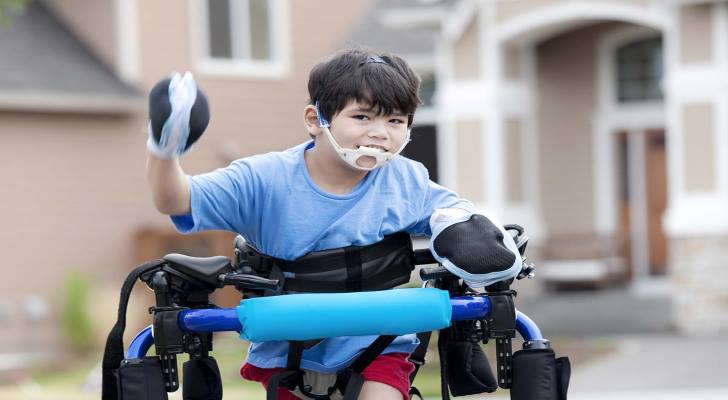
Cerebral palsy is commonly described as a condition involving atypical muscle tone. Muscle tone contributes to postural control and coordinated movement. When muscle groups do not activate in a coordinated way, tone may be increased or decreased, and range of motion can be limited. Movements may appear simultaneous or co-contracted across opposing muscles, which can restrict fluidity and precision. These variations in tone and control underlie many of the motor patterns observed in cerebral palsy.
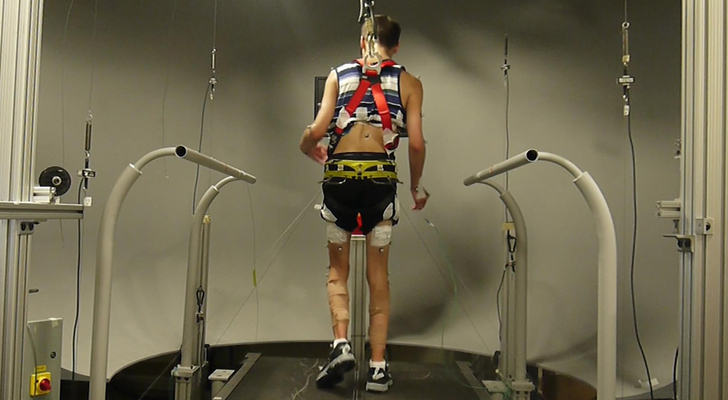
Another feature described in clinical contexts is a persistent head-up posture. Differences in muscle activation can be associated with unusual postures or movement strategies. A preference to hold the head elevated may reflect efforts to stabilize posture when head and trunk control are still developing. In some children, limited neck mobility is noted at times, and head positioning becomes a compensatory pattern.

Individuals with cerebral palsy may experience challenges with coordination and sustained attention to movement. These are frequently reported characteristics of the condition. Symptoms can fluctuate across the day and may appear more noticeable with fatigue. Descriptions often include difficulties reaching accurately for objects or initiating smooth trajectories. In spastic presentations, muscles may become tight, and involuntary spasms or cramps can occur.
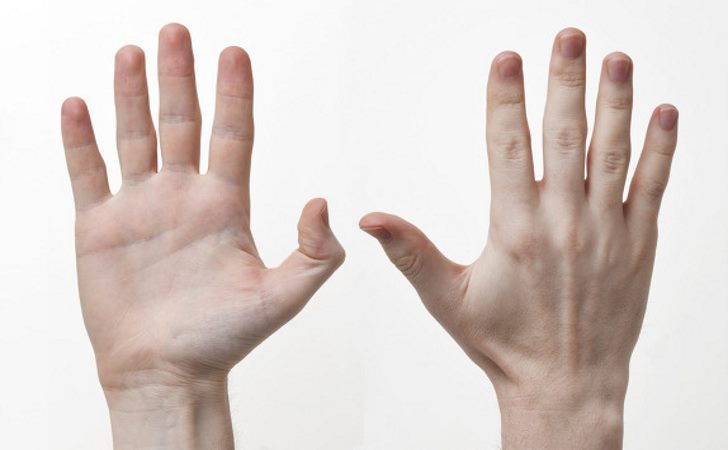
Muscle rigidity is also mentioned in association with cerebral palsy. When tone is elevated (hypertonia), muscles can feel firm, and movement may be restricted. Mixed motor patterns are common, so a person may show elements of rigidity together with other tone differences. Rhythmic or patterned movements can appear during attempts to stabilize joints or complete tasks. Presentations vary widely, and the combination of features differs among individuals.

Reflex differences. Control of automatic limb reactions may be atypical. These include involuntary movements of the arms and legs that, in typical development, support posture and protection. In cerebral palsy, reflex responses can be exaggerated, reduced, or delayed, and increased tone (spasticity) is a common finding. In infants and young children, postural and protective reactions may not follow expected patterns, which can influence everyday positioning and stability.
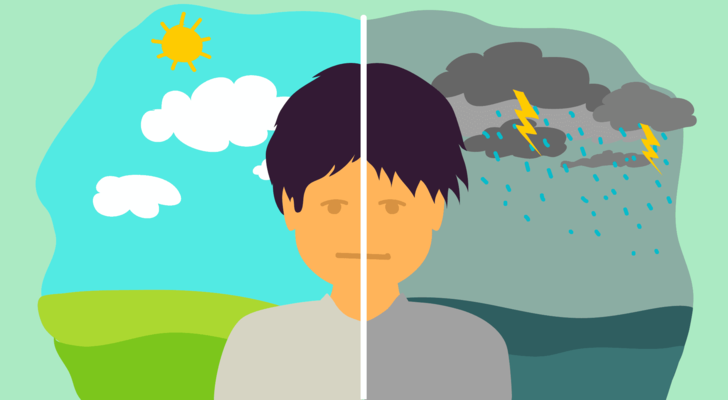
Caregivers sometimes note increased irritability or rapid shifts in mood in children with cerebral palsy. Such changes may coincide with discomfort, challenges communicating needs, or variations in sensory processing. Sleep disruption, hunger, gastrointestinal discomfort, and environmental stimuli have also been reported as contributing factors in some cases. These observations are described alongside other signs noted in this overview.
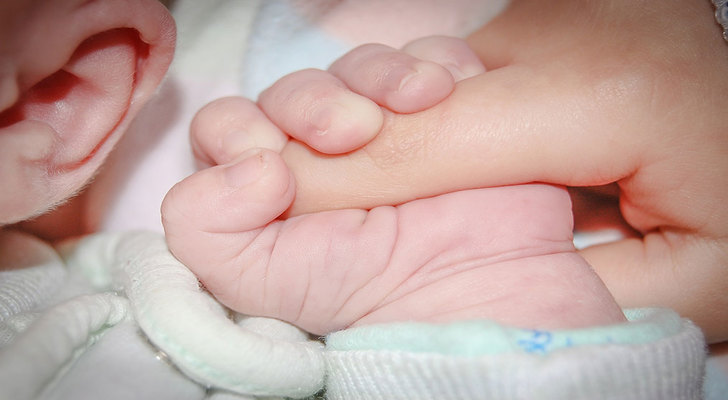
Postural asymmetry is frequently discussed in relation to cerebral palsy. Differences in alignment can affect balance, orientation, and movement efficiency, and may become more evident as a child grows. Typical posture is generally symmetrical; deviations can include uneven shoulder or hip levels or unequal limb use. In some cases, apparent limb length differences or asymmetrical movement patterns are observed during reaching, sitting, or standing.

Feeding is another domain in which effects may be noted. Motor differences can influence oral–motor coordination involved in eating, drinking, or producing speech sounds. Variations in chewing, lip closure, or tongue movement have been described. Many children develop swallowing abilities over time, though patterns can remain atypical. These factors may contribute to longer mealtimes or a preference for certain food textures.

Fine motor function is often discussed in evaluations of cerebral palsy. Tasks such as grasping, manipulating small objects, and coordinating both hands rely on planning, timing, balance, and sensation. Delays or differences in these skills can be part of the presentation. Intention tremor or shakiness during targeted movements is sometimes observed. For example, a child may need more time to turn pages, align objects, or control writing tools.
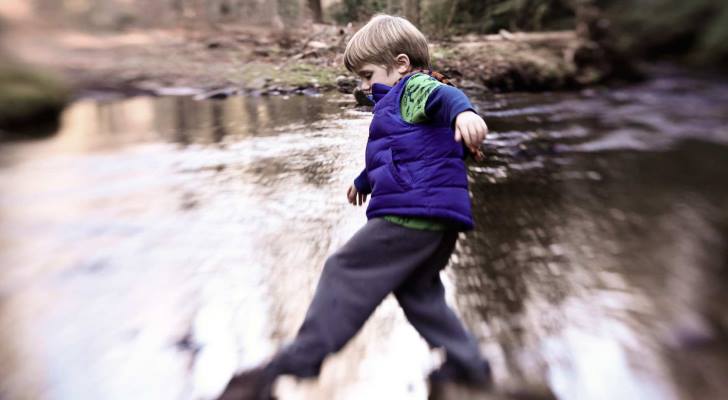
Some caregivers describe an unusually quiet or passive demeanor in infants who later receive a diagnosis of cerebral palsy. Reduced spontaneous movement, limited visual engagement, or decreased responsiveness to stimuli can be noted. Visual processing differences and motor effort required to orient to people or objects may contribute to this presentation. Over time, these factors can influence play, exploration, and interaction patterns.
Learn more about cerebral palsy at Centers for Disease Control and Prevention.

